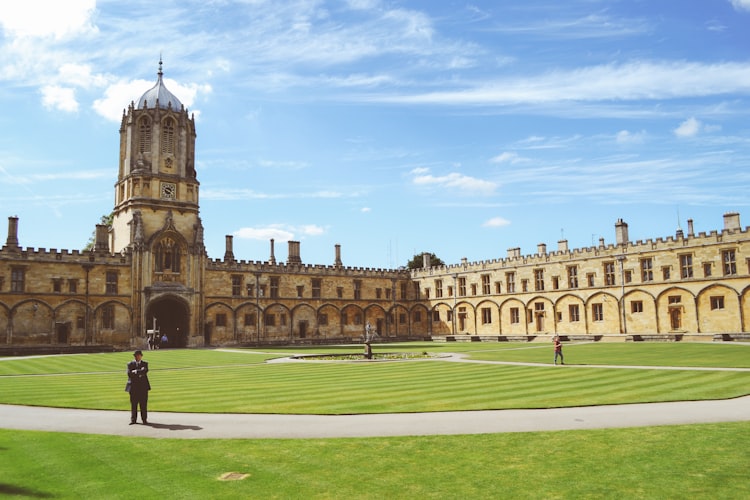
The Future of Computers - Multicore and the Memory Wall
A number of dignitaries are coming to eat breakfast at Intel ex-CEO Craig Barrett’s house, but the resident cook is very slow. Will adding 10 more cooks get breakfast ready in time?
Start with a single cook in a small kitchen to scramble eggs.
Add another to fry bacon in parallel with the first doing the eggs, and making breakfast goes a bit faster.
Add another to brown, butter, and slice the toast, and you might gain a bit more speed.
Yet another person can set the table, pour the juice, and serve.
It is still not fast enough so you add a dozen more cooks to get that “magic”, “exponential” increase in performance.
There are problems however.
The first four cooks all need to use the refrigerator. In our culinary world each would twiddle his thumbs waiting his turn. This is the physical world equivalent of “contention between processors of the memory bus.”
Now how much faster do you think breakfast will be ready when those additional dozen cooks are added? As Borat would say, “Not so much.”
Very similar situation appears in Intel’s multi-core architecture, because attempts to use the cores in full throttle creates large bottleneck at the memory interface. Following two articles from 2011 explains the problem in very lucid language.
The future of computers - Part 1: Multicore and the Memory Wall
Future of computers - Part 2: The Power Wall